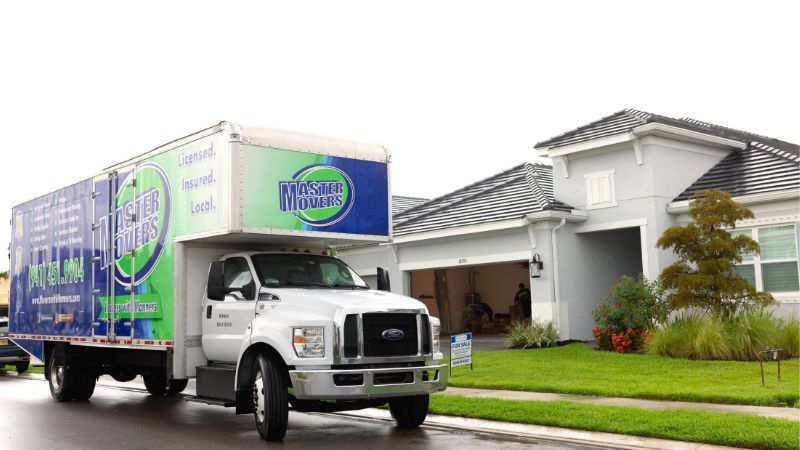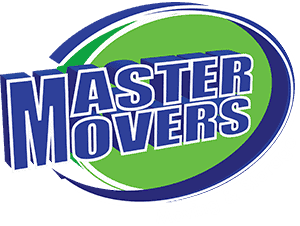Moving Coverage Simplified

When planning a move, one often overlooked aspect is moving coverage. Yet, this can be a critical element in ensuring a smooth and stress-free relocation. Moving coverage is designed to protect your belongings from damage or loss during the moving process. Considering the unpredictability involved in transporting personal items over long distances, having the right coverage becomes indispensable. Master Movers, known for their ethos of "Movers With Manners" a moving company located in Florida, highlights the importance of this coverage. Let's delve into the types of moving coverage commonly available:
- Full Value Protection: This is the most comprehensive option. It covers the repair, replacement, or reimbursement of any item that is lost or damaged during the move. It's a popular choice for those moving valuable items.
- Released Value Protection: Often included at no additional charge, this offers minimal protection. It compensates based on the weight of the item, not its actual value.
- Third-party coverage: If you require coverage beyond what your moving company offers, third-party coverage can cover the gaps, providing additional protection for your possessions.
How Does Moving Coverage Actually Work?
Moving coverage might sound straightforward, but understanding its intricacies can help you make better decisions. When selecting moving coverage, consider your unique needs based on the nature of items you're moving and their overall value.
Process of Purchasing Moving Coverage
- Assessment of Inventory: Begin by assessing all the items you plan to move. This not only helps in understanding the coverage amount required but is also useful when filing claims, should the need arise.
- Choosing the Right Plan: Decide between Full Value and Released Value Protection based on the value of your belongings. For items of exceptional value, consider Third-Party coverage.
- Contact Coverage Providers: Reach out to coverage providers, including your moving company if they offer insurance. Master Movers provides detailed consultations to help tailor the best coverage plan for your needs.
- Documentation: Complete all necessary paperwork, ensuring all valuable items are listed, to make the coverage effective.
Role of Moving coverage in Risk Management
Moving coverage plays a pivotal role in risk management during relocations. It not only offers financial protection but also peace of mind. By safeguarding your belongings against unforeseen circumstances, moving coverage enables you to focus on settling into your new home without worrying about the safety of your possessions during transit.
How to Choose the Right Moving Coverage
Choosing the right moving coverage requires careful consideration of your needs and understanding the details of different insurance types and knowing the local moving costs. Here’s a step-by-step guide to help you navigate this decision:
Factors to Consider When Choosing Your Moving Coverage
- Value of Your Belongings: Assess the total value of your items. Higher-value items might need additional coverage.
- Distance of the Move: Longer moves can have higher risks. Consider more comprehensive coverage for long-distance relocations.
- Specialty Items: If you’re moving items that are fragile or have sentimental value, seek insurance that offers adequate protection for these.
Comparing Different Coverage Policies
- Check Coverage Details: Not all policies cover every type of damage or loss. Understand what each policy covers and excludes.
- Review the Claims Process: Choose a policy with a straightforward, transparent claims process.
- Consider Cost vs. Benefit: Analyze the cost of the coverage relative to the protection it offers. Cheaper coverages might not always provide the best value.
Reading the Fine Print
It's crucial to read the fine print in any coverage policy. This helps you understand your rights, the provider’s responsibilities, and any circumstances under which your belongings may not be fully covered.
Coverage Details and Claims Process
Moving coverage serves as your financial safety net, protecting you from potential losses due to damage or misplacement during the move.
What Moving Coverage Covers
- Physical Damage: Coverage for damage occurred during packing, handling, and transit.
- Loss: Coverage if items are lost during the move.
Exclusions in Moving Coverage
- Natural Aging: Degradation or wear and tear of items over time is typically not covered.
- Packing by Owner: Damage to items packed by the owner rather than professional movers may not be covered.
How to File a Claim
- Document Damage: Take photos and list damage as soon as it’s discovered.
- Notify the Insurer: Contact the coverage company immediately to report the issue.
- Submit Required Documentation: Provide the insurer with the completed claim forms and supporting documents.
How Master Movers Supports You
We not only offer superior residential moving services but also provide comprehensive support in managing moving coverage. Our commitment to ensuring a seamless move extends to helping you secure the proper coverage and assisting with any required claims.
Assistance with Coverage Claims
Our team is trained to handle the paperwork and procedures necessary for filing claims efficiently and effectively. We ensure that all documentation is properly maintained to support potential claims, making the process as hassle-free as possible. With Master Movers dedication to excellence and customer care, combined with our comprehensive moving services, including tailored moving coverage advice, we ensure that your move is not just successful, but also secure. Remember, with the right preparation and support, you can look forward to a new beginning with confidence and assurance.
Our Latest Blog





